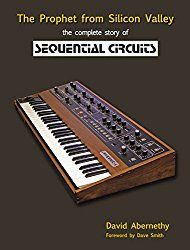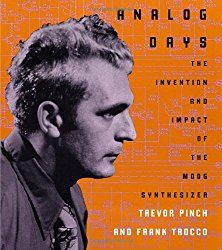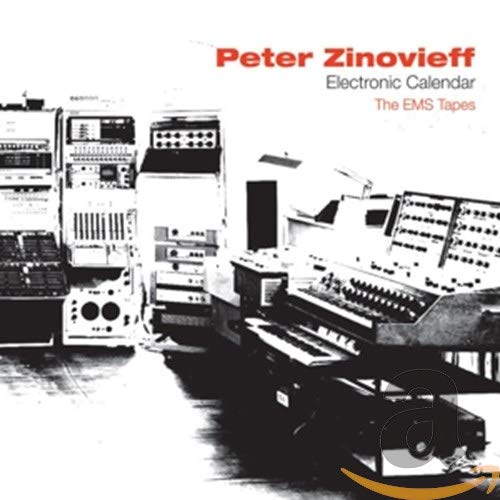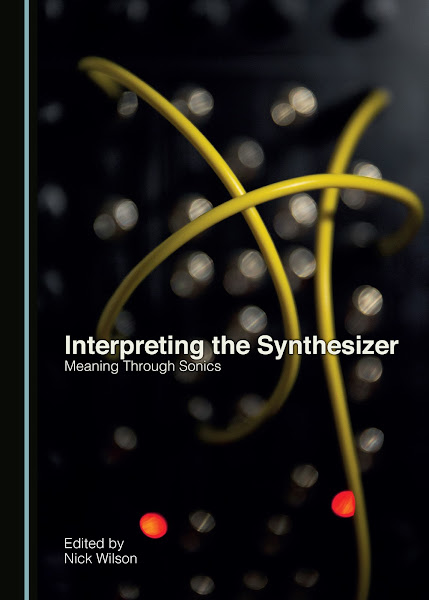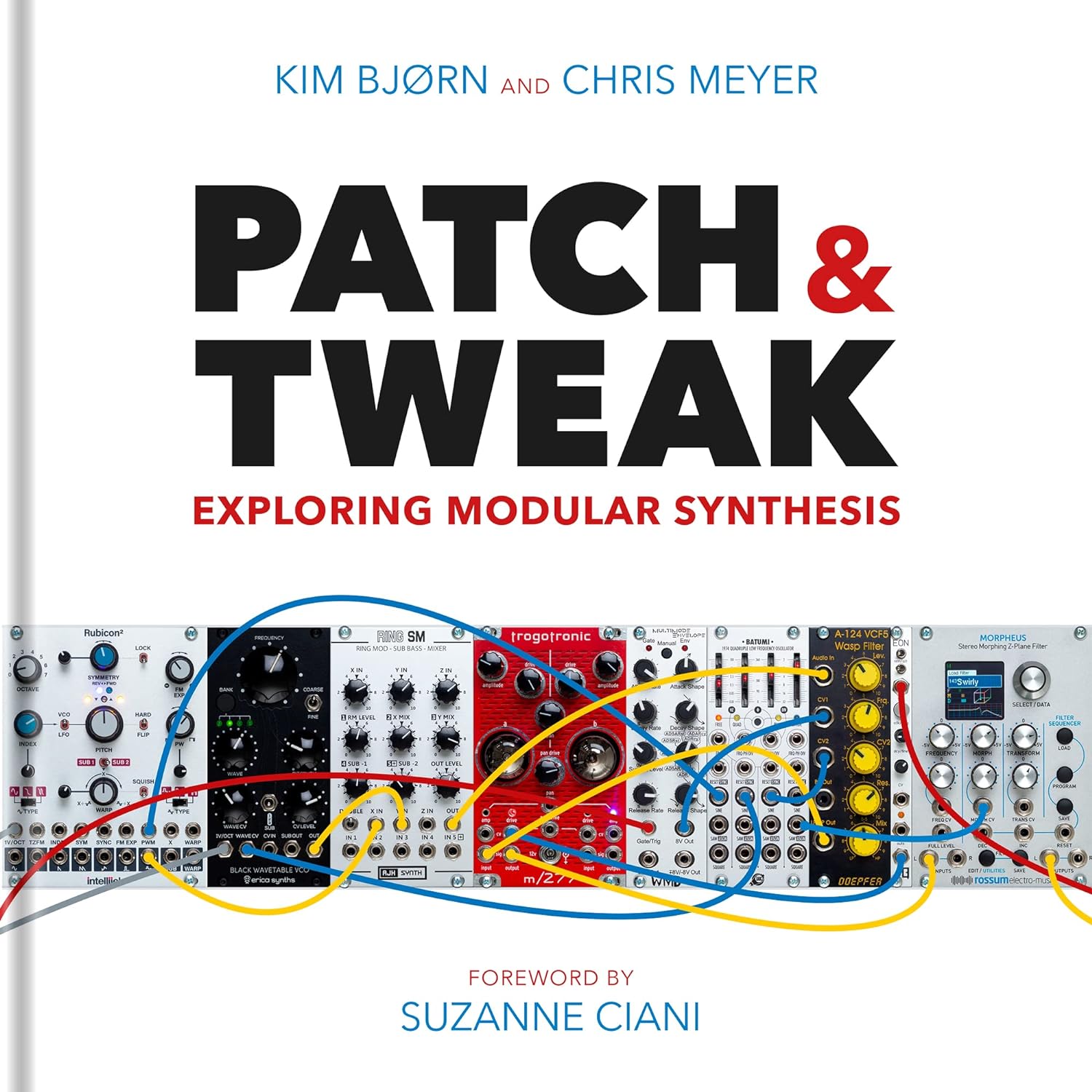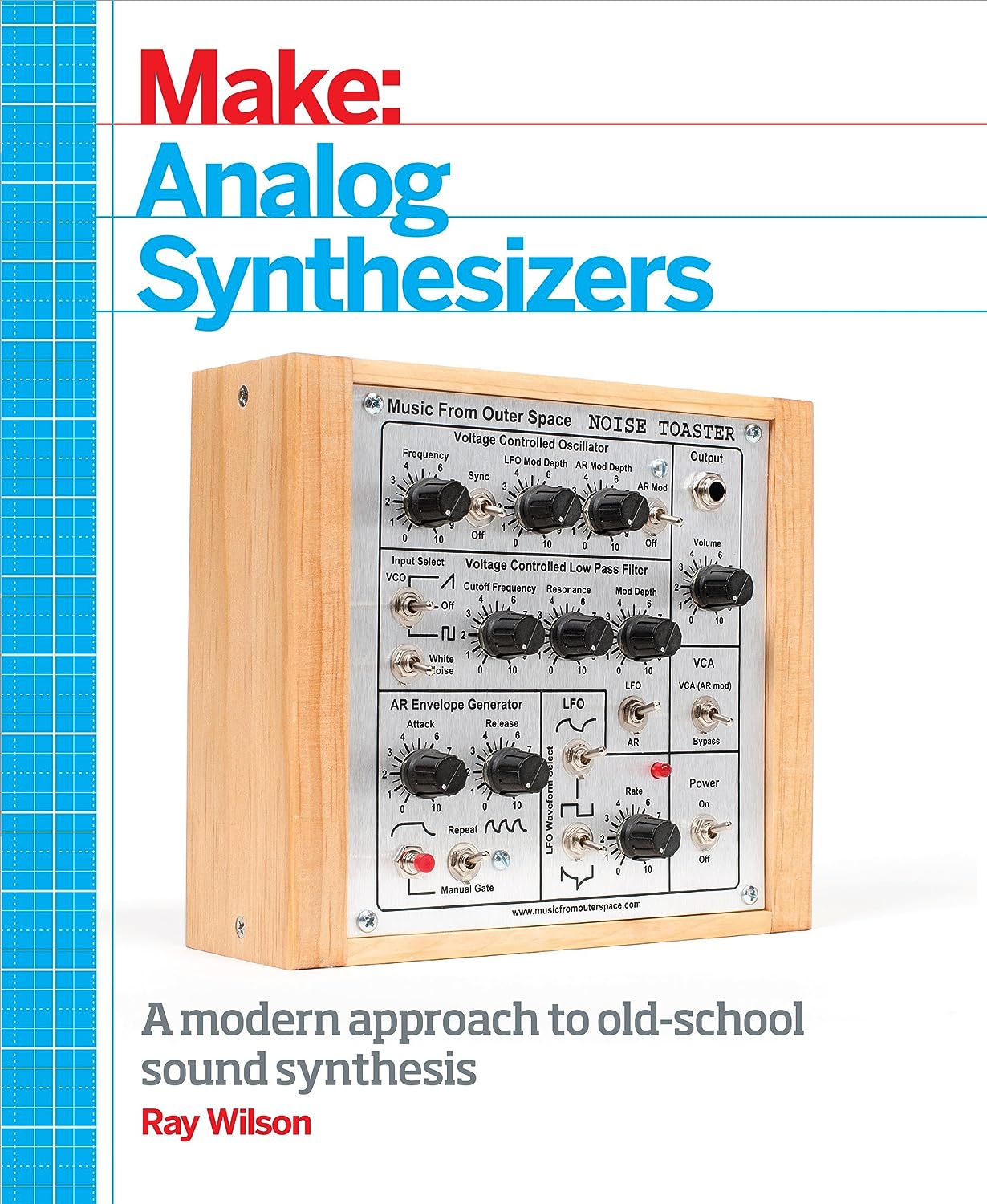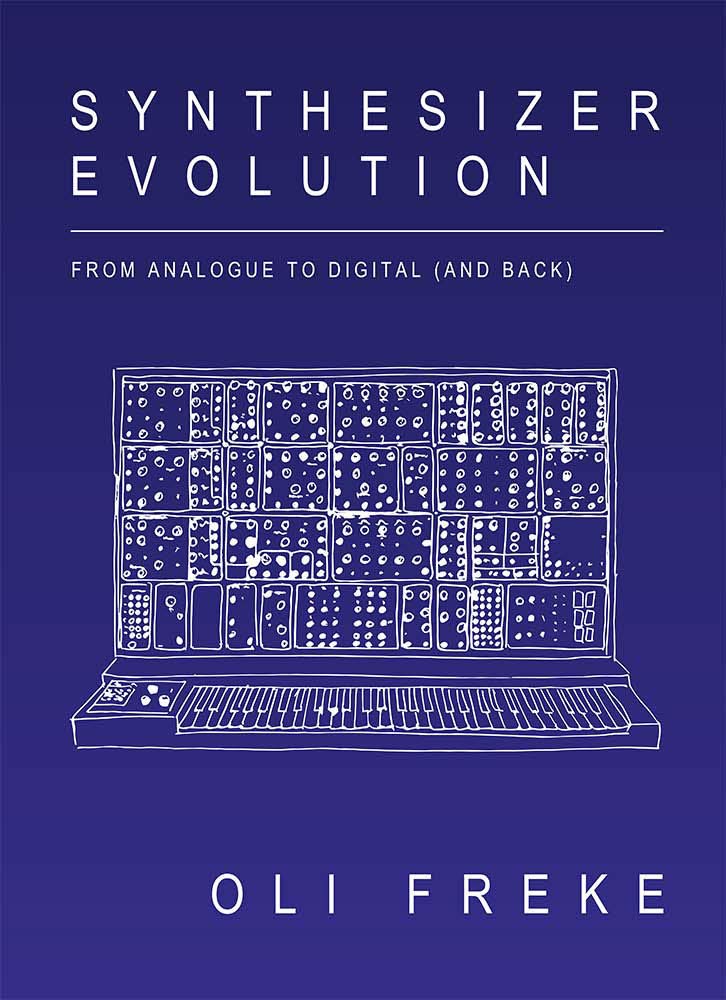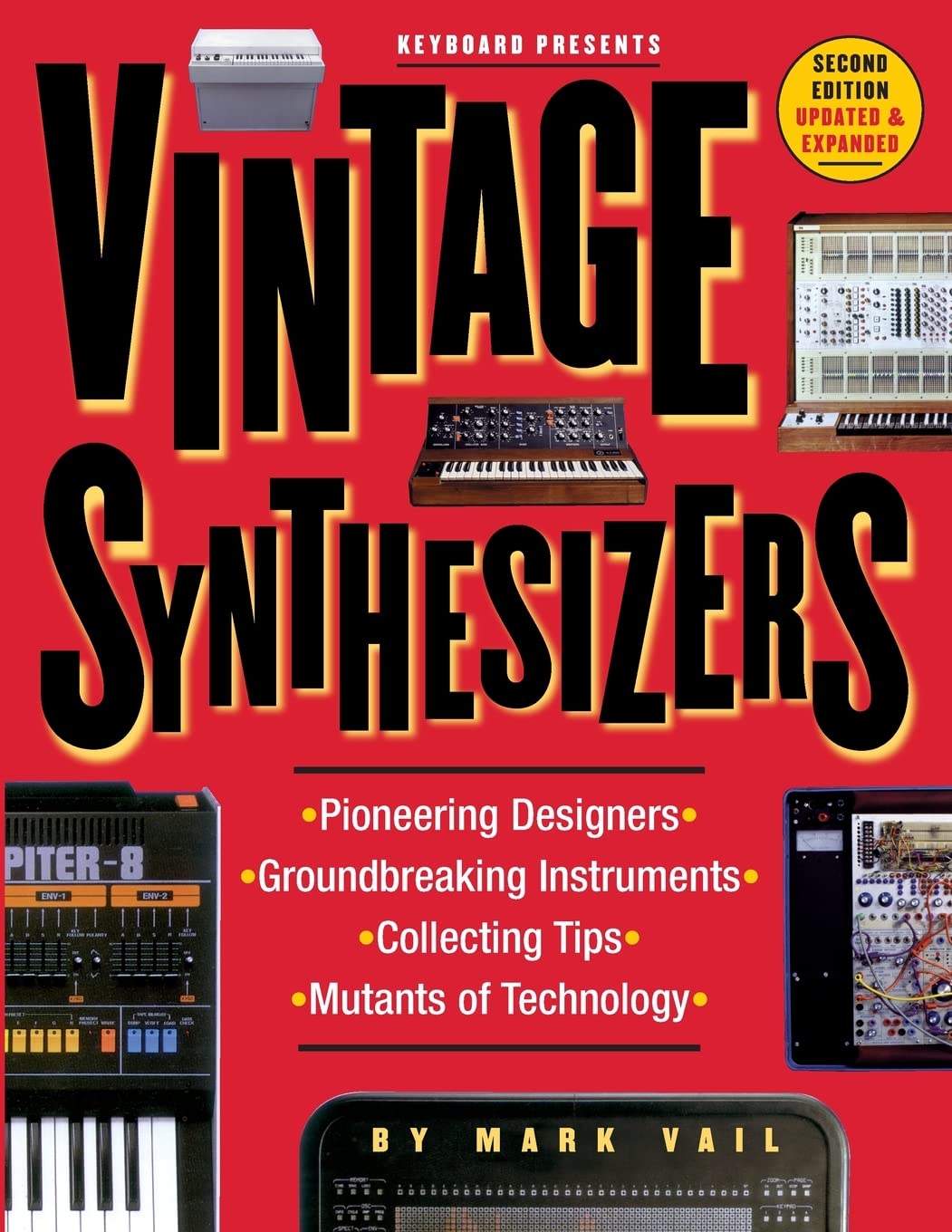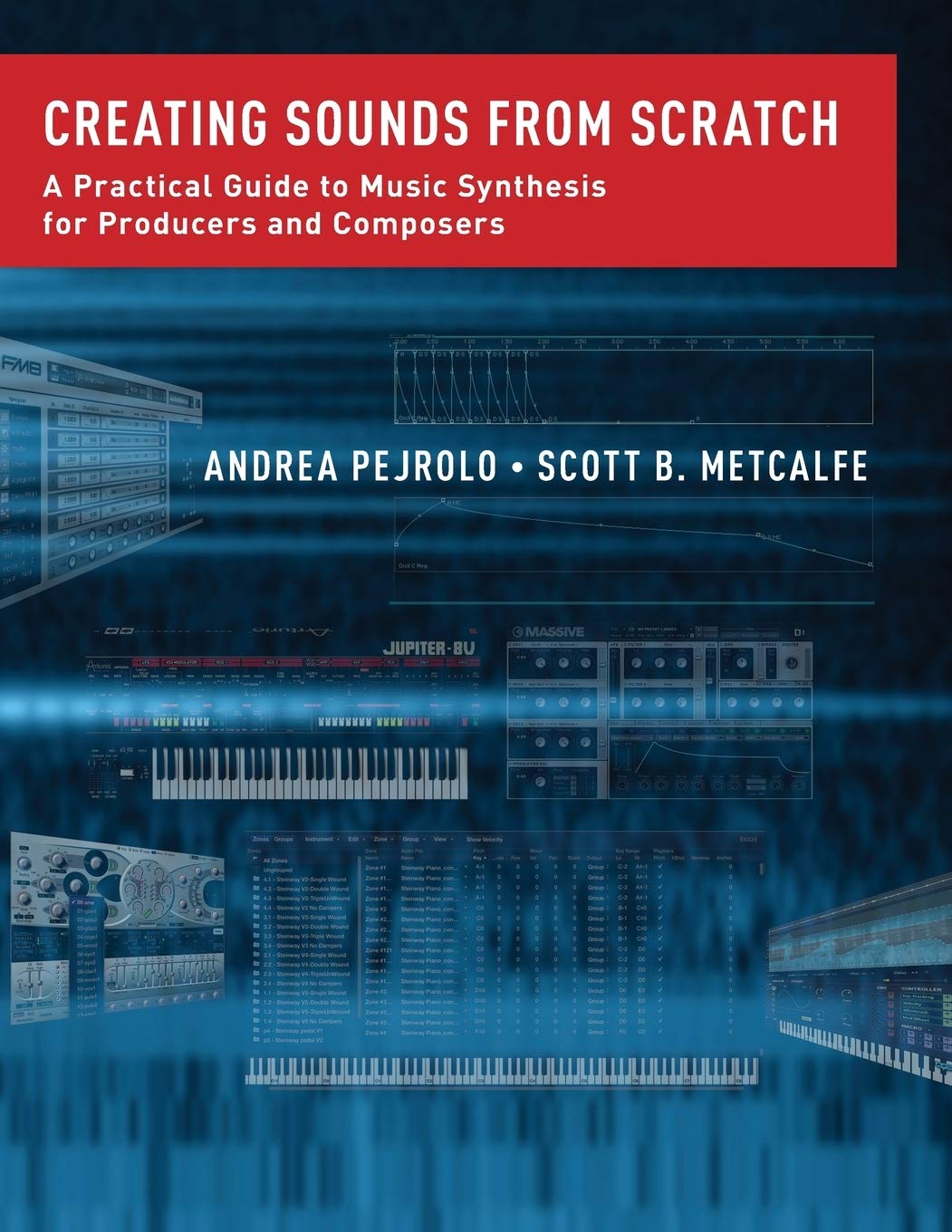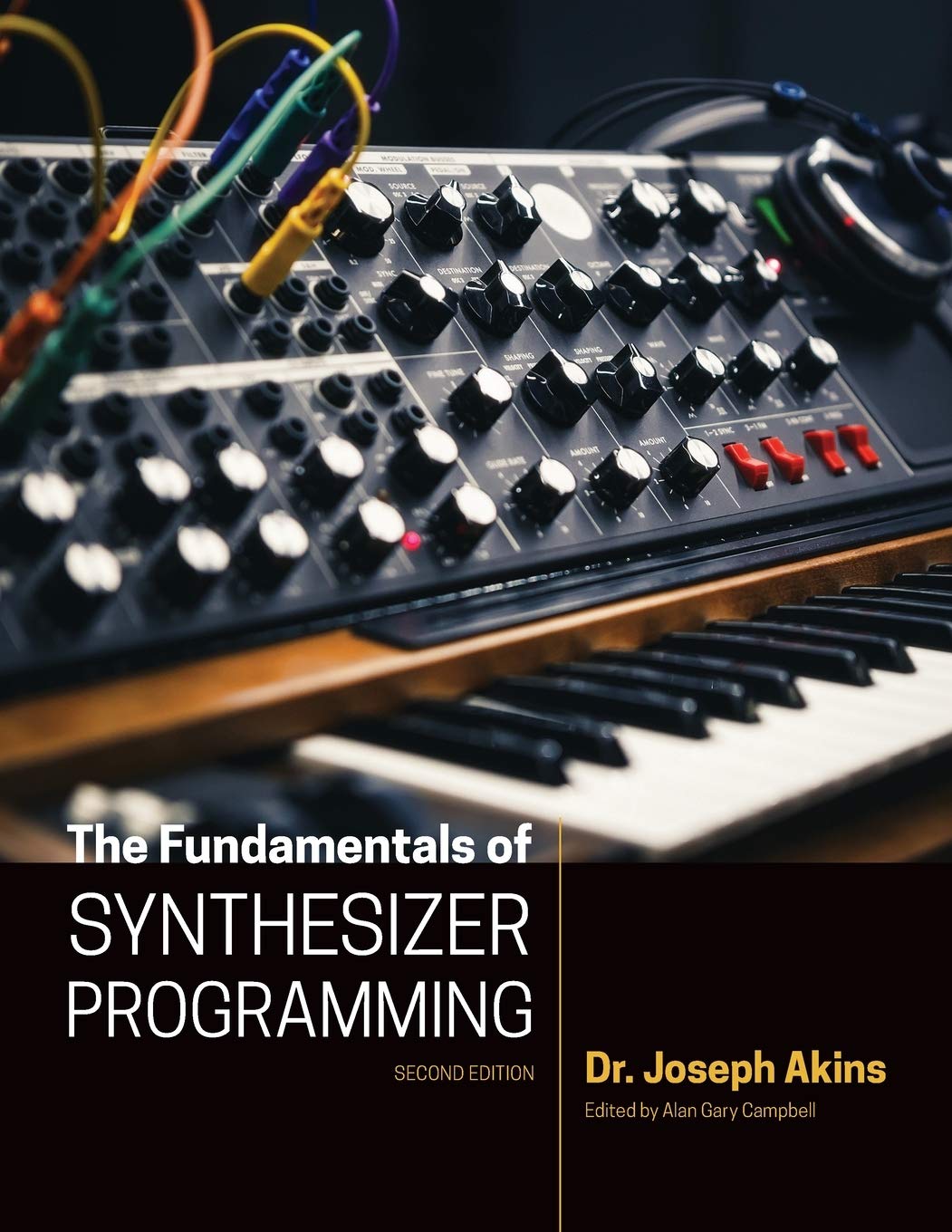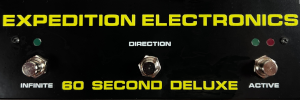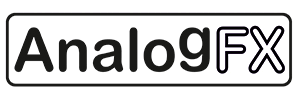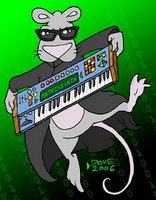video upload by Perfect Circuit
Update: module details and pic added further below.
"On Friday July 15th at 7pm PST, Make Noise founder Tony Rolando will show off his newest Eurorack module design, alongside long-time modular artist Rodent.
Make Noise has a long history of shaking up the modular synth world with fresh, forward-thinking, and downright fun new modules and standalone instruments.
This marks Make Noise's first new release since 2021's Strega, and their first new Eurorack module since 2019's Mimeophon.
The stream will feature a module overview, Q+A, and live examples of the new design."
Initial post/details:
Make Noise will be presenting a new module at Perfect Circuit tonight at 7 PM. It's my understanding tickets for the event are full, however Perfect Circuit will be live streaming the event. I will be sharing the stream on top of the site at 7PM sharp so tune back in for the event.
Details follow:

 Live Event: Make Noise First Look to New Eurorack Module
Live Event: Make Noise First Look to New Eurorack ModuleWhere: Perfect Circuit Showroom 2405 Empire Ave Burbank, CA 91504
Event date: July 15th, 2022, 7 PM
About the Friday Make Noise Event
Make Noise is heading to Perfect Circuit for an exclusive first look at their latest creation. On Perfect Circuit's YouTube channel at 7 PM PST this Friday, July 15th, Make Noise founder Tony Rolando is showing off their newest Eurorack module design. Long-time modular artist Rodent will join Tony in the announcement. Tune in live for the first look at what Make Noise has cookin'. The stream will feature a module overview, Q+A, and live examples of the new design.
What Will They Reveal?
Make Noise has a long history of shaking up the modular synth world with fresh, forward-thinking, and downright fun new modules and standalone instruments. Be sure to tune in for Make Noise's first release since 2021's Strega and their first new Eurorack module since 2019's Mimeophon. This new module is top secret, so we can't share any details except we know you will love it.
Module details added further below.
Additional details via Make Noise:
"Make Noise is proud to announce our newest module, the XPO!
The XPO, or Stereo Prismatic Oscillator, is a Voltage Controlled Analog Oscillator designed for generating Sine waves, Triangle waves, Sawtooth and Spike waves, Sub-Octaves, Stereo Timbre Modulations (including Pulse Width Modulation and Wavefolding), Oscillator SYNC, Linear FM and more in the analog domain.
The XPO is designed to be the Stereo VCO complement to our Stereo Filter, the QPAS. The two modules share the core idea of complex circuits being controlled in multiple dimensions in the stereo field by a few powerful parameters. The Stereo Prismatic Oscillator also makes a particularly useful patch buddy for the STO, Mimeophon, and X-PAN.
The XPO was announced on Friday, July 15th by Make Noise founder Tony Rolando and our Sales Specialist Eric "Rodent" Cheslak at an event at Perfect Circuit."
 The XPO or Stereo Prismatic Oscillator is a Voltage Controlled Analog Oscillator designed for generating Sine waves, Triangle waves, Sawtooth and Spike waves, Sub- Octaves, Stereo Timbre Modulations (including Pulse Width Modulation and Wavefolding), Oscillator SYNC, Linear FM and more in the analog domain.
The XPO or Stereo Prismatic Oscillator is a Voltage Controlled Analog Oscillator designed for generating Sine waves, Triangle waves, Sawtooth and Spike waves, Sub- Octaves, Stereo Timbre Modulations (including Pulse Width Modulation and Wavefolding), Oscillator SYNC, Linear FM and more in the analog domain.The XPO is designed to be the Stereo VCO complement to our Stereo Filter, the QPAS. The two modules share the core idea of complex circuits being controlled in multiple dimensions in the stereo field by a few powerful parameters. The Stereo Prismatic Oscillator also makes a particularly useful patch buddy for the STO, Mimeophon, and X- PAN.
The Story of the XPO by Tony Rolando
I was lying awake in bed at 3 am thinking about music and synthesizers, on this early morning specifically, the voice panning of the OB8. So simple, so effective. A bank of 8 analog pan-pots is tucked into the side of the instrument to let the musician choose the exact placement of each voice in the stereo field. As you play the instrument, notes may dance around your head. This led me to think about how Oberheim and most other synthesizer designers through the 70s and early 80s primarily used Pulse Width Modulation for waveform animation. Don Buchla's wavefolding techniques had not caught on. PWM has been more or less the same for decades and there is not a whole lot of difference between PWM in one instrument to another. Some allow you to modulate further than others. A few even allow you to go all the way to 0% or 100% Width. PWM was usually generated from a Saw or Triangle core, and while I tend to prefer PWM generated from a Tri-Core, the difference is subtle. The bigger difference is the filter that follows. PWM has a way of tickling the resonance of a filter that can really make the sound come alive.
This led me to think about Stereo filtering. How could a synth sound more stereo? At Make Noise we have voice panning with the XPAN, stereo filtering with the QPAS, and stereo echo verb with the Mimeophon. Surely, this was enough stereo modulation.
Then it occurred to me, why couldn't PWM be stereo? It would be very effective at creating a stereo image since the amplitude of both Left and Right would be almost identical, while still offering dramatic stereo timbral shifts. I thought to myself, surely somebody has done Stereo PWM already. I needed to research this idea. So I wrote about it in the notepad I keep on the nightstand and I eventually fell back asleep.
I woke up the next day and I immediately saw the note, I tried to read it...










